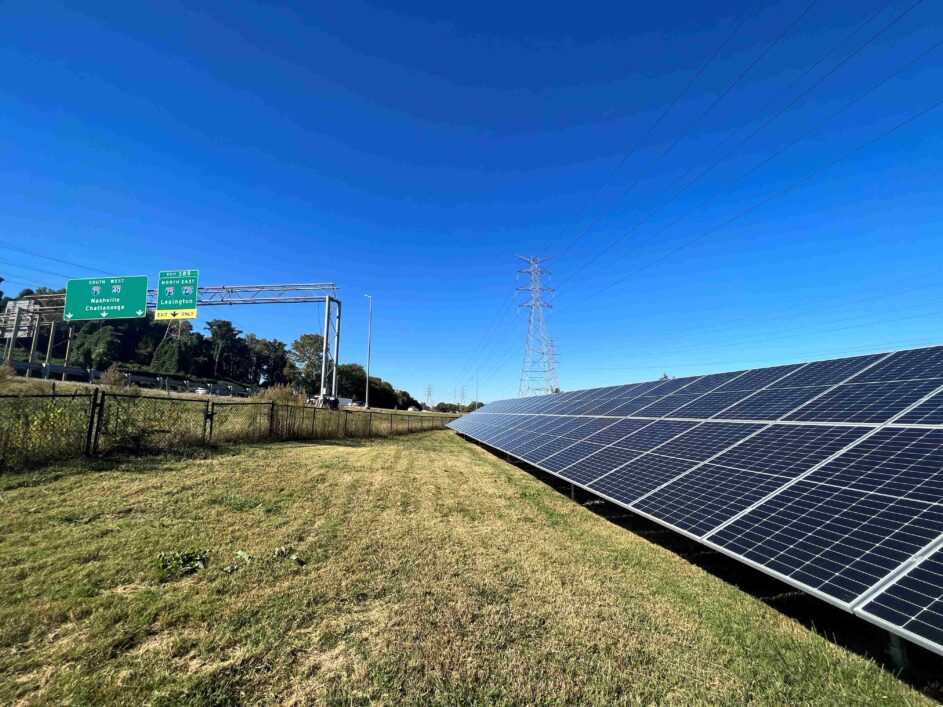How could the landscape change as communities build more renewable energy projects? Over the next 10 years, ten million acres in the United States could be covered in solar panels. Land use is a top solar topic addressed at the 2023 Tennessee Valley Solar + Storage Conference in Chattanooga this past week. The conference brings a convergence of developers and investors from across the nation to network with Tennessee government officials.
Aside from the abundant availability of rooftops for solar installations, brownfields offer a way of reusing land found unsuitable for other uses. Steve Sanders, Tennessee’s director of remediation at the Tennessee Department of Environment and Conservation, told a conference audience, “We all understand that greenfields are limited and once they are gone, you don’t get them back. But we have a ton of brownfields to tap into.”
Sanders said TDEC assists developers when they are willing to help clean up these previously contaminated commercial sites. “There is a need to redevelop brownfields and I would say in Tennessee there is a push,” said Sanders. The state offers a generous tax credit as an incentive.
University of Tennessee Institute of Agriculture researchers have completed a solar-industry funded report about potential solar use of agricultural land. Here’s a look at the summary and a link to the complete report.
Researchers note that while around one percent of Tennessee’s farmland could eventually be needed for utility-scale solar, a much larger portion of agricultural land is lost because of population growth and urbanization. On the topic of landowner rights and encounters with developers, UT Agriculture professor Karen DeLong told a conference audience, “Definitely get a lawyer and make sure you understand it. Also be sure you are doing business with a reputable solar company.”
The Solar Energy Industries Association is also involved in land use conversations with environmental groups as part of Stanford University Uncommon Dialogue. Some estimates show solar expanding fivefold by 2033.
The Stanford report said, “Efforts are required to ensure that clean energy development avoids conserved lands and critical habitat and minimizes conversion of high-priority agricultural lands. Policies and market incentives may also be needed to increase solar siting on disturbed, contaminated and marginal lands; to expand dual use of land for agriculture and solar; and to conserve more lands necessary to provide critical climate mitigation and adaptation benefits.”
Anne Brock is marketing coordinator for SolarAlliance.com, which is a TenneSEIA member. 865-221-8349.

